looking at genetics
plantsman56
9 years ago
Related Stories
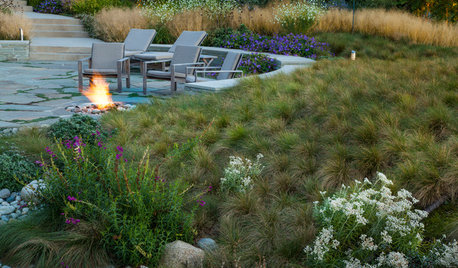
GARDENING GUIDESGet Year-Round Good Looks With Matrix Planting in Your Garden
Any garden — from 100 square feet to 10,000 square feet — can apply this low-maintenance, sustainable design method
Full Story
BEFORE AND AFTERSAsian Style Banishes Boredom in a Bachelor's Bedroom Makeover
Beige walls and lost-looking furniture give way to a warm but masculine look with sublime natural light
Full Story
FALL GARDENING11 Trees for Brilliant Fall Color
Give your landscape the quintessential look of autumn with the red, orange and yellow leaves of these standouts
Full Story
EARTH DAYHow to Design a Garden for Native Bees
Create a garden that not only looks beautiful but also nurtures native bees — and helps other wildlife in the process
Full Story
GARDENING GUIDES6 Wonderfully Easy Roses for Any Gardener
Look like an expert even if you're just starting out, with these low-maintenance gems of the rose world
Full Story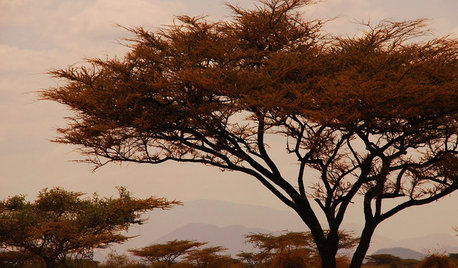
LIFETracing the Deep Roots of Design
Are our design choices hardwired? Consider the lasting appeal of forms from the hunter-gatherer life
Full Story
GROUND COVERSNative Alternatives to English Ivy, Japanese Pachysandra and Periwinkle
These shade-loving ground covers are good for the environment and say something about where you are
Full Story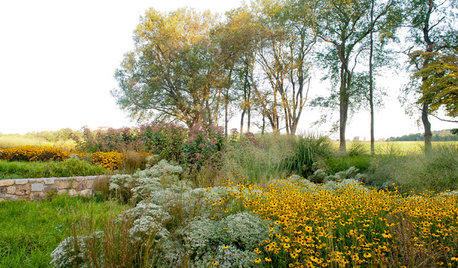
GARDENING GUIDES10 Essential Wildflowers for the U.S. Central Plains
Focusing on prairie wildflowers supports the most wildlife in a low-maintenance Plains landscape
Full Story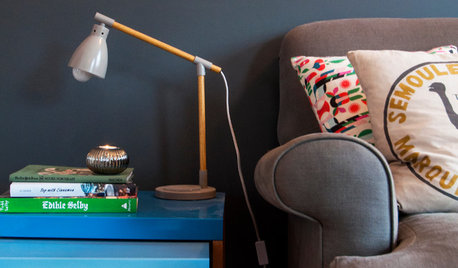
LIFE10 Things Night Owls Know to Be True
Love being up while the world slumbers? Prefer a really late bedtime to an early night? These observations on night owl life may ring true
Full StorySponsored






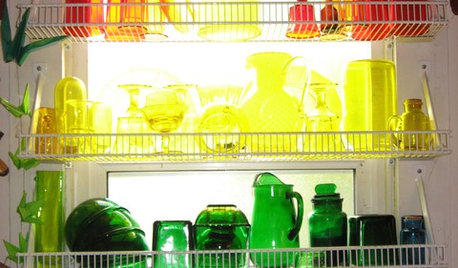
kuvaszlvr
plantsman56Original Author
Related Professionals
Arlington Landscape Architects & Landscape Designers · Ashland Landscape Architects & Landscape Designers · Chattanooga Landscape Architects & Landscape Designers · Ilchester Landscape Architects & Landscape Designers · Kyle Landscape Architects & Landscape Designers · Sahuarita Landscape Architects & Landscape Designers · Williamsburg Landscape Contractors · Ashburn Landscape Contractors · Blue Springs Landscape Contractors · Cordele Landscape Contractors · Flagstaff Landscape Contractors · Mesa Landscape Contractors · Saint John Landscape Contractors · The Woodlands Landscape Contractors · Westchester Landscape ContractorsDMForcier
plantsman56Original Author
plantsman56Original Author
DMForcier